Cold plunge: best places to take an ice bath
From Finland to the Snowy Mountains, swimming in freezing waters is becoming an increasingly popular holiday activity.
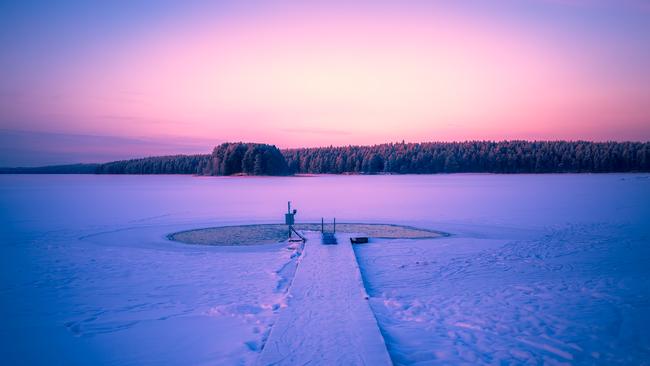
My foray into cold swimming was accidental. After living in landlocked world capitals throughout my twenties, I loved being back in Australia’s oceans too much to stop paddling in winter. Stories of my Irish grandfather swimming in Dublin’s baths were family folklore.
They inspired me to start swimming at the southern Sydney beach of Maroubra through the colder months.
Armed with Ugg boots and hot water bottle, and accompanied by my swim buddy, Faith, we’d wander to the ocean pool at dawn.
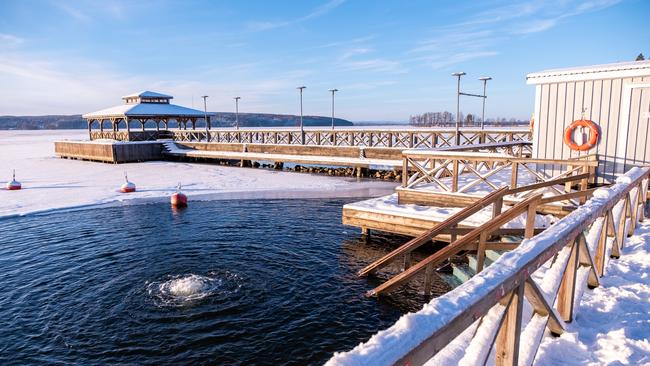
Another intrepid soul might tentatively enter the water only to stop at the knees, their mind erecting a psychological barrier that prevented them going further. I found the better approach was to go all in and acclimatise sooner.
The icy shock to the skin feels like little knives but as the senses sharpen I feel thrillingly part of the weather.
Waves fizz over me; crabs scuttle past my eye line; the briny air fills my lungs. Slowly, my awareness comes back to my leg muscles, treading water.
Staying in is important, too. That’s when the magic happens; a circulatory boost creates a blissful, endorphin-fuelled rush.
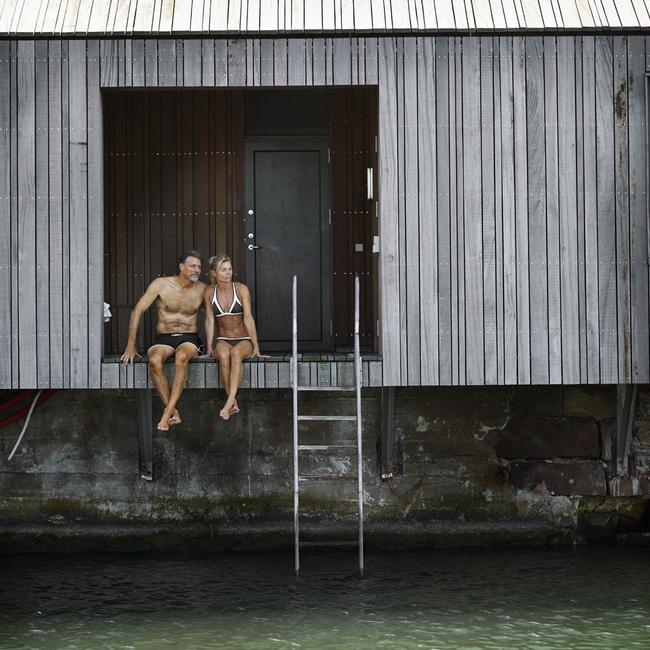
I have become as addicted to this tingling, soul-gladdening surge as I used to be to a glass of bubbly at a party or a Caramello Koala at the cash register.
In Scandinavian and Baltic countries, the practice of taking a dip in icy waters to boost stamina and mental health, dovetailed with the heat of a nearby sauna, is a centuries-old tradition. Now, in the post-Covid era when a destination’s wellness appeal has become one of its greatest assets, travellers can share in this cultural rite and enjoy benefits of cold plunge.
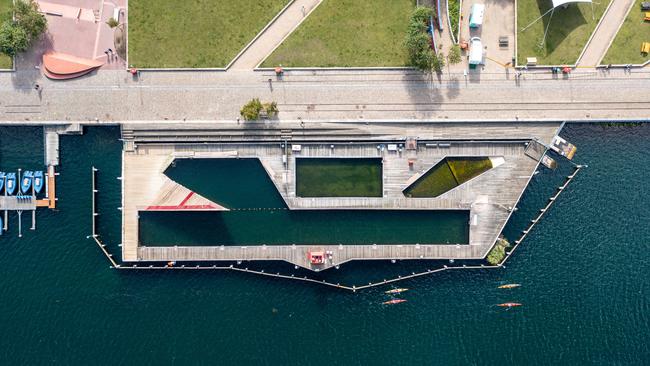
Denmark
With northern Europe currently in the dark depths of winter, there are opportunities aplenty. In Denmark, visitors can follow a scenic trail of “havnebadet” (harbour baths) on the coast and around lakes, rivers and fjords. No shillyshallying or slow wading; the wooden platforms are designed for sliding your body straight in. Danish architect Bjarke Ingels has created Aarhus Harbor Bath, the world’s largest harbour pool, a multi-level timber aquatic playground in Denmark’s second largest city, on the same latitude as Edinburgh. The design incorporates sun decks (for summer), sauna, a 50m pool, diving pool, and children’s pools. Youngsters are introduced to the pastime early because the trifecta of nature, sauna and a cold plunge is considered a recipe for health, happiness and resilience.
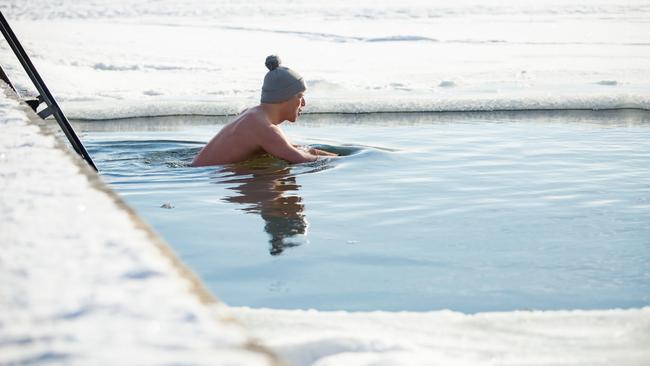
Finland
In Finland, they call this challenge-accepted stoicism “sisu”, the Scandi version of grit. The Finns must have sisu in spades, given they practise “avantouinti”, which involves swimming in holes cut from the ice in water below 5C.
The country’s lakeside destinations offer ice-swimming combined with hot saunas housed in log cabins; it’s a less intimidating option for curious travellers than the ocean version. Restaurant and leisure playground Savutuvan Apaja on the shores of Lake Paijanne in central Finland offers traditional smoke saunas and jacuzzis along with ice swimming.
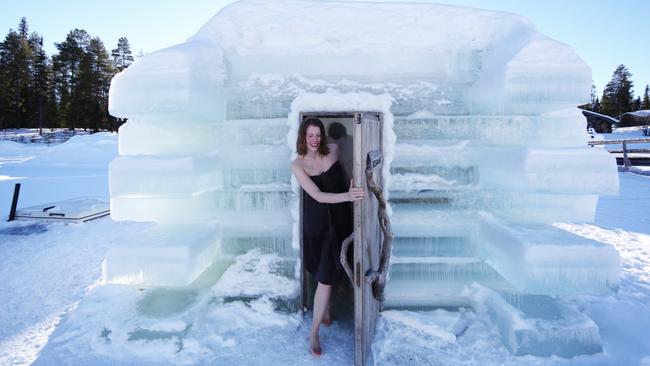
The town of Kuopio on Lake Kallavesi adds a gym, indoor karting track and minigolf course to the ritual. Those who would rather be guided in tackling the mind mastery required by ice-swimming can take a group tour such as Cold Exposure in Finland, a weekend retreat that builds up to ice-swimming after three days of exercises.
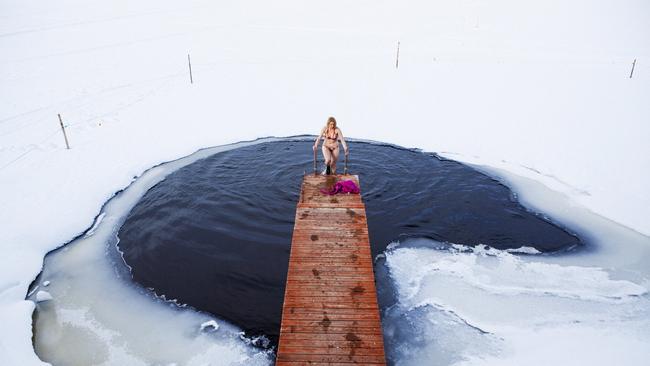
Some specialist companies are taking the Nordic practice further afield. International travellers can attend dedicated cold-water retreats across the world, designed to soothe mind, body and soul and provide emotional support.
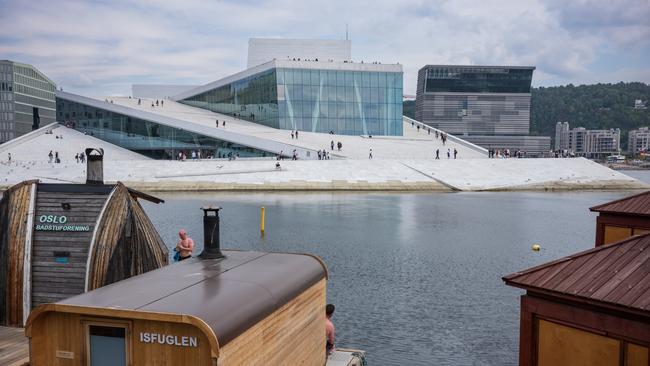
Scotland
Conscious travel agency Me Time Away offers ice-swimming and snow meditation, and runs cold retreats in the wilds of Scotland. Swim Trek invites swimmers to leave the pool, “forget the chlorine”, and swim in the natural waters of northern England and Scotland.
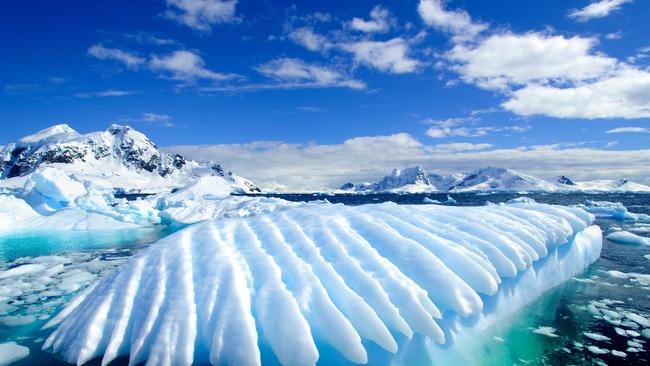
Artic and Antarctica
Ice-swimming is also a grace note to other travel experiences, such as expedition cruises to the Arctic and Antarctica where the polar plunge has become a rite of passage. Not that passengers even have to leave their ship. In 2015, Viking Cruises paired a blue-lit Snow Grotto room with its sauna as a way to refresh. Norwegian Cruise Line’s ship Escape soon followed with a minus 10C Snow Room, which also features flakes drifting prettily from the ceiling in the ship’s Mandara Spa.
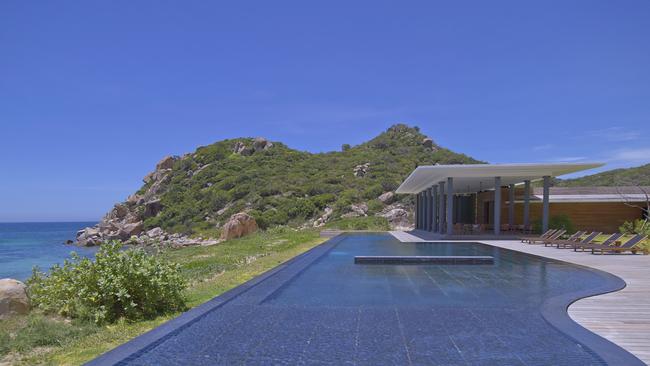
Vietnam
Hotels and resorts are incorporating cold therapy as in-house treatments. Aman has added cold plunge pools to some of its luxury villas, such as the Forest Wellness Pool Villa in Amanoi in Vietnam. Guests can slip in and kickstart their circulation while overlooking the magnificent tree canopy of Nui Chua National Park. The hydrotherapy area at Amantaka in Laos, a French Colonial-style estate by the Mekong River, offers a cold plunge element to its steam and sauna facilities.
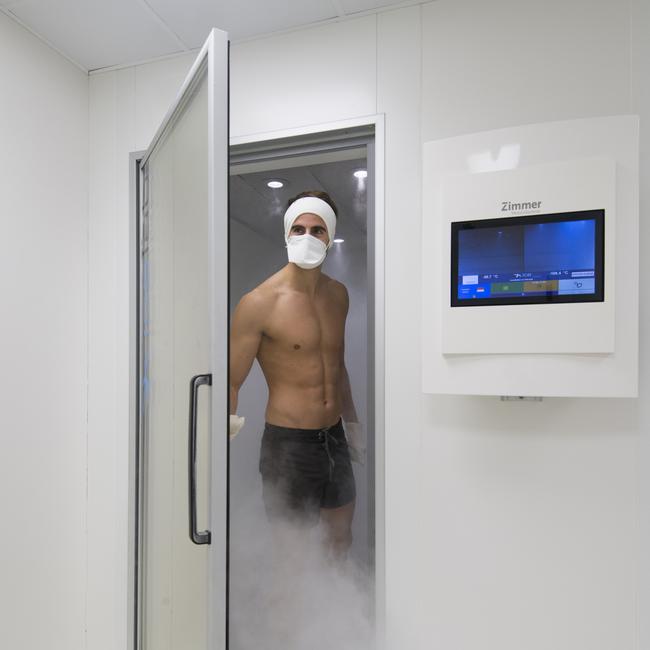
Monaco
The moneyed patrons of Monaco’s Hotel de Paris have been devotees of cryotherapy as a jet lag cure for years, as much a part of jet-set pampering as Champagne and lying about one’s age. The hotel’s sensational 6600sq m spa, Thermes Marins Monte Carlo, overlooking the glittering harbour, has one of the world’s largest cryo chambers.
In my experience, tapping into the body’s response to the cold – a miraculous ability to send blood rushing to protect vital organs – really does expand your sense of what is possible. It got me into the teeth-chattering, 10C Atlantic Ocean in Galway, Ireland, among gossipy elderly ladies and a bachelor party on a dare.
Cold weather destinations that have hitherto been prized for their wild beauty and Christmas aesthetic are the new adventure playgrounds. They allow today’s wellness travellers to take home a souvenir that you can’t put a price on: afterglow.
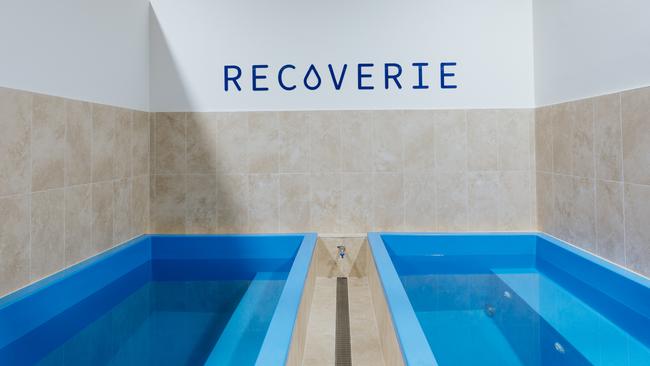
Sydney
In Australia, where fun in the sun dominates, athletes and wellness seekers have long known of the curative benefits of cold and heat therapy. A growing number of businesses now offer cryotherapy (extreme cold treatment), with the attendant promise of stress and muscle release, and accelerated recovery from injury. This can benefit travellers who want to tap in to the mental and physical benefits and train for further cold-water travel.
“Contrast therapy has been used in high-performance sports environments for decades because it is so effective,” explains sports scientist Dave Kennett, who co-owns Recoverie Studios in Coogee, Sydney.
Its cold and hot pools are 9C and 43C respectively. “Peer-reviewed scientific studies and reporting from coaches confirms that short-interval exposure to extreme temperatures supercharges the metabolism.
Blood vessels constrict in the cold and dilate in the heat. When done in conjunction, this acts like a muscle pump, helping clear waste, oxygenate cells, improve cardiovascular power, heal sore or injured muscles, and even burn brown fat (which breaks down blood sugar).”
Added to these profound benefits is the psychological uplift. Yes, hopping in the cold pool takes some self-talk but I walk out of Recoverie loose-limbed, beatifically smiling and brimming with purpose. Kennett breaks it down in physical terms.
“Embracing the meaningful challenge of the pools cultivates top-down control by engaging the brain’s prefrontal cortex, which is involved in planning and repressing impulsivity. You gain greater control of your body under stress – and trigger the long release of dopamine, which elevates mood, energy and focus.”
It can also help with sleep, which is why Cryo in Sydney’s eastern suburbs positions cryotherapy as the perfect jet lag treatment, due to the boost it causes, both in the production of the hormone norepinephrine, which assists the body to go into the state of deep REM sleep, and in the brain’s mental focus during waking hours.
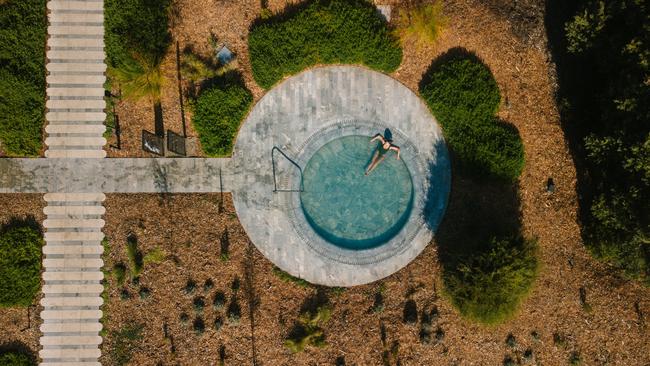
Victoria
Alba Thermal Springs is set among the coastal grasses of the Mornington Peninsula. The 20m 15C cold pool allows you to swim, not just plunge; 22 geothermal pools, heated between 37C and 43C brim with restorative sulphur, calcium and magnesium. Also on offer are 1 ½ hour Fire and Frost Cryo facials.
After the skin’s temperature is elevated by exfoliation and vitamin C, the extreme polar temperature of a Cryo Ice Cube is said to boost facial circulation, restrict pores and reduce inflammation, while delivering Vanessa Megan Skincare’s organic, nutrient-rich serum.
Hamilton Recovery is Australia’s only FDA-approved whole-body chamber, by CRYO Science, is in Melbourne’s northern suburbs. Newbies start at a mindblowing minus 117C – that’s almost the same temperature as Jupiter.
The sudden three-minute exposure turbocharges healing and circulatory benefits. Hands and feet are covered in gloves and socks and, amazingly, the nitrous-fuelled air feels manageable.
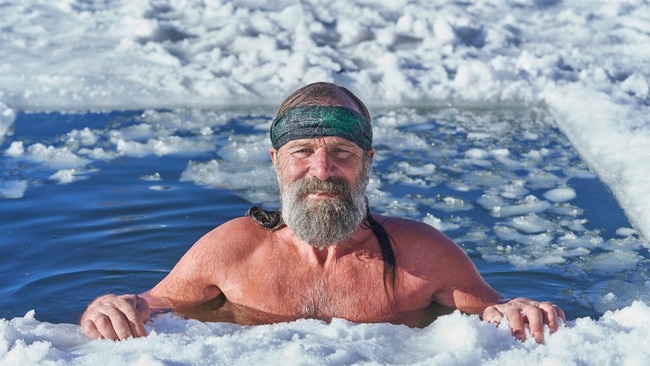
Tasmania
Dutch extreme athlete Wim Hof is famed for developing his eponymous “method”, which fuses breath technique with cold-water immersion. In Europe, he runs a six-day expedition in the Polish winter each February to test “the limits of your body and the resilience of your mind”. His method can also be tried on less arduous weekend retreats in a tranquil forest in the Netherlands with its own cryo chamber.
Closer to home, author Alice Hansen grew up breathing the ionised air of Tasmania’s northwest coast, in Devonport. When Hansen replaced a propensity for alcohol with cold-water swimming in the state’s icy waters during Covid, her life became immeasurably better. “I discovered the profound impact of embracing the wintry Tassie water.”
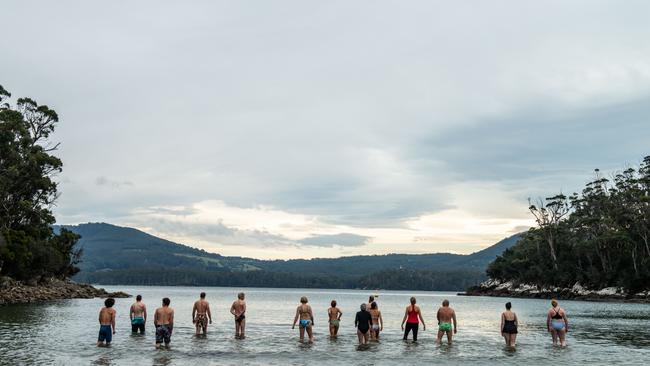
Hansen’s daily swimming practice included a growing passion for the Wim Hof Method. She designed a transformative curriculum, the Wild Wellness Method, and now leads Tasmanian retreats that immerse groups of about 15 guests in nature, mindfulness and the physical feat of cold-water swimming. “The Forth River here has snow melt coming down from Cradle Mountain,” rhapsodises Hansen. “After the initial shock of submersion as the river takes you in, you feel an incredible sense of calm, then you’re exhilarated for days afterwards.”
Groups are mixed but women dominate, and most are in their 40s and older, supported by the likes of reflexologists, massage therapists, yoga instructor, and sometimes an addiction-specialist GP, plus cold water instructor Let Piet (who trained with Wim Hof).
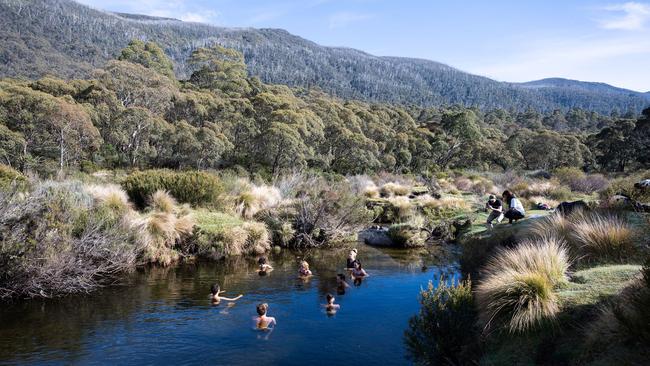
The Snowy Mountains
Internally, I’m screaming. Externally, I’m hyperventilating as my sympathetic nervous system, the one that drives our fight or flight response, goes into overdrive. Standing waist-deep in the Snowy Mountains’ Thredbo River, chilled to an icy 4C by recent snow melt, I know the next step is to submerge my torso and arms, but every part of my body and brain is resisting. The voice of Wim Hof instructor Leah Scott calls reassuringly from the river bank, urging me and my fellow bathers to breath and focus.
I sink into the water, slow my breathing and try to shift my thoughts away from aching toes and rapidly numbing fingers and the worst case of brain freeze imaginable (all the discomfort without the ice cream bonus).
Two minutes later, I emerge from the water as pink as a newborn piglet and exceedingly pleased with myself for enduring a brief but unexpectedly difficult introduction to cold-water therapy. Would I do it again? Leah tells us it’s easier second time around but for now I’ll ride the adrenaline rush and take her word for it.
Leah began swimming in the Thredbo River on impulse while struggling with her mental health after a difficult divorce. It became a daily ritual she practised year-round that helped to manage stress and erode feelings of anxiety and depression. What started as a whim has graduated to Wim Hof creditation and her Wild Things Anatomy business. She now runs workshops and retreats, including a five-day winter expedition in the Snowy Mountains.
PENNY HUNTER
Penny Hunter was a guest of Diageo beverage company.


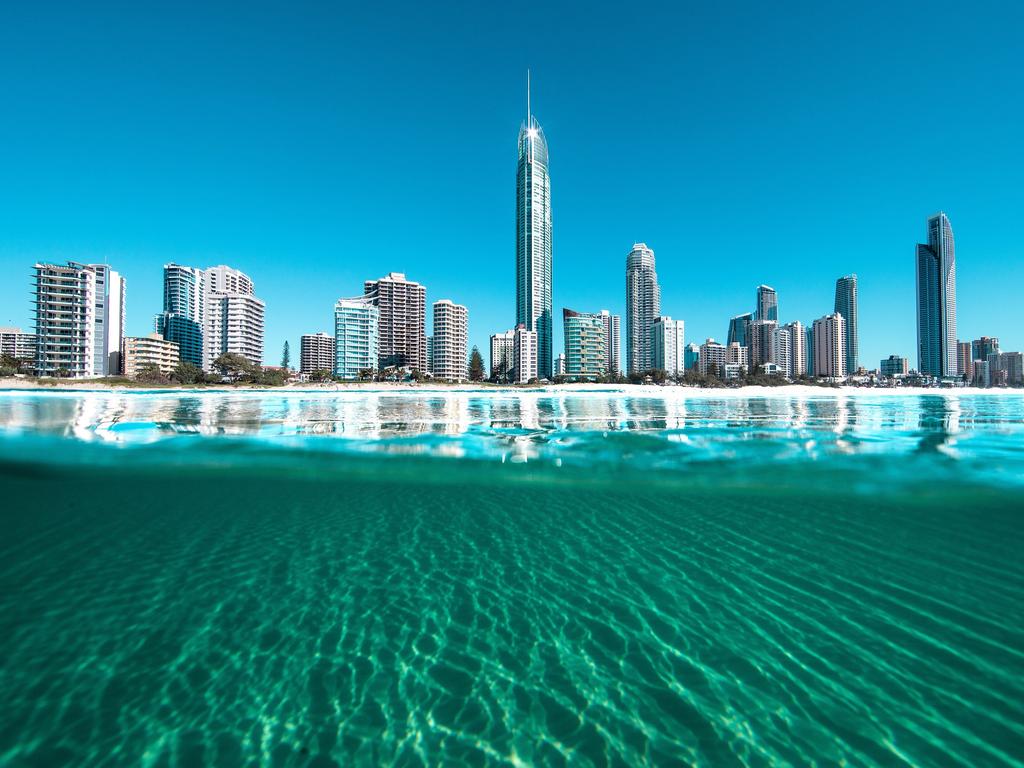

To join the conversation, please log in. Don't have an account? Register
Join the conversation, you are commenting as Logout